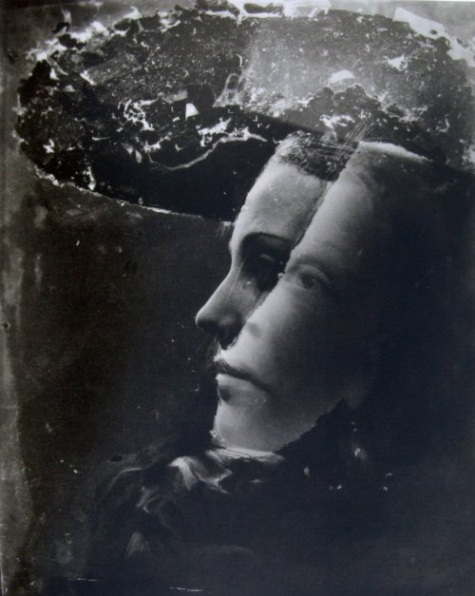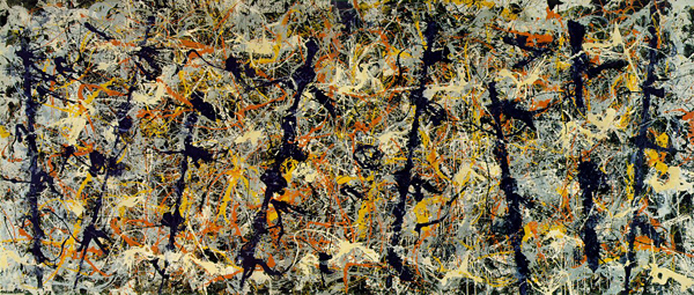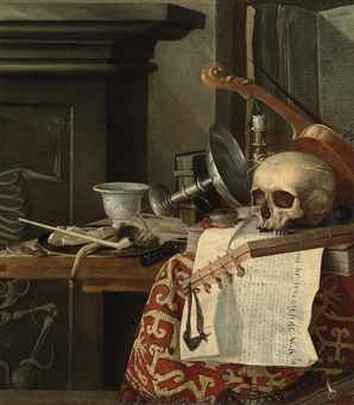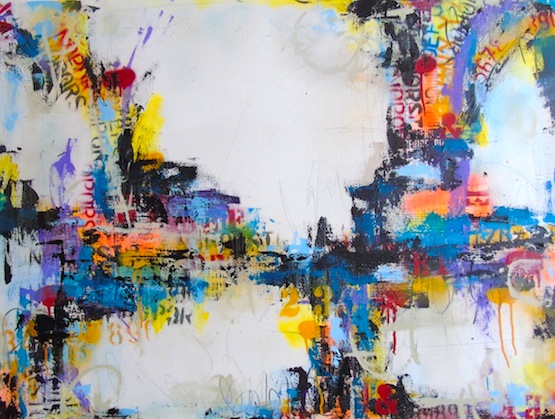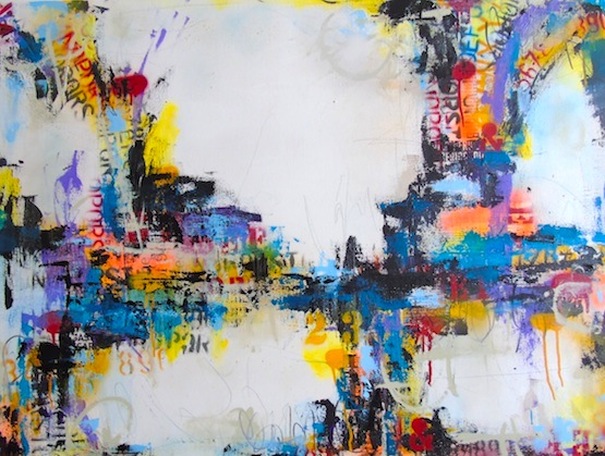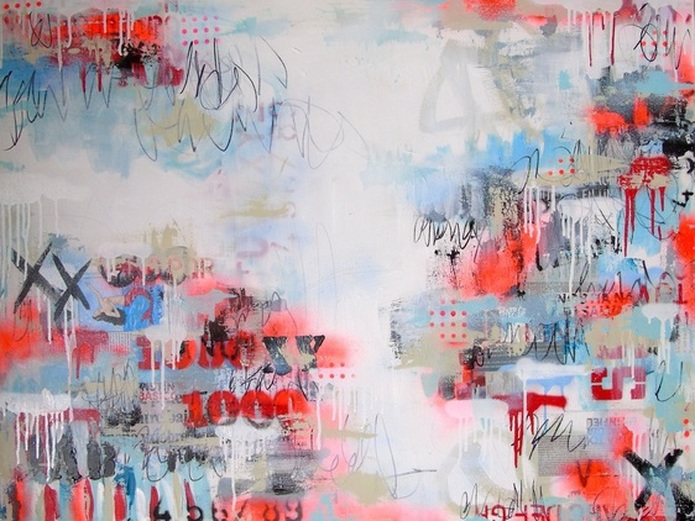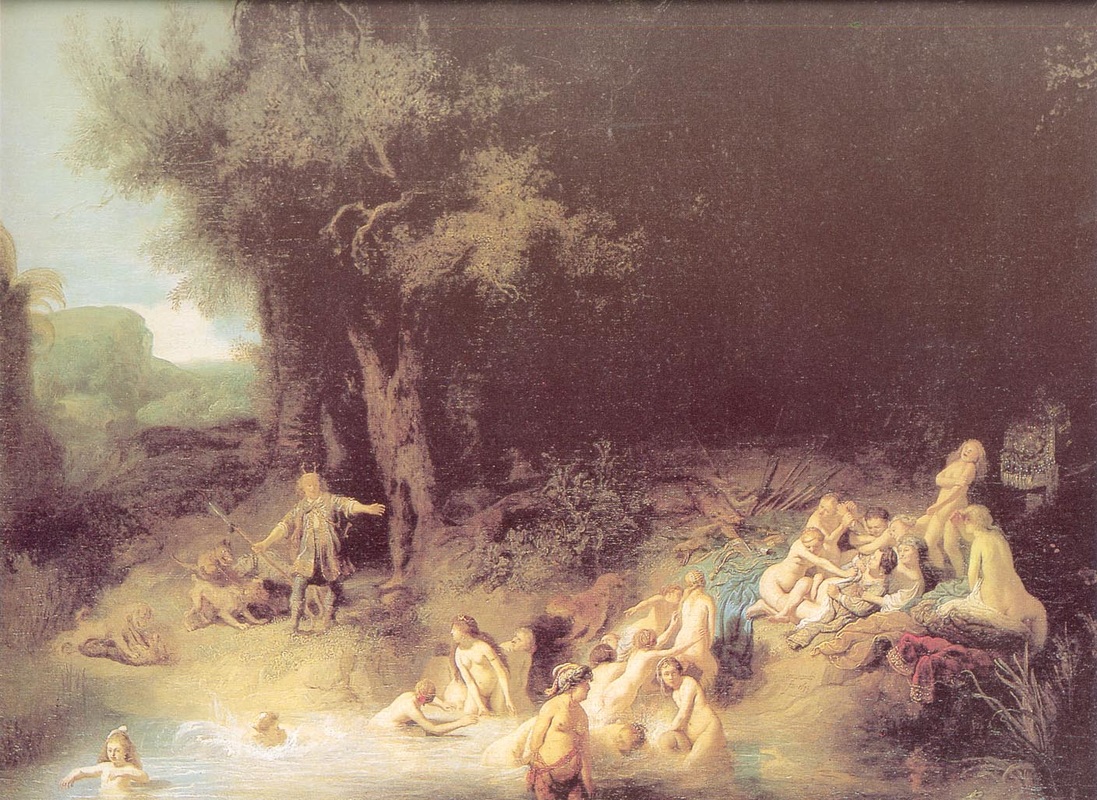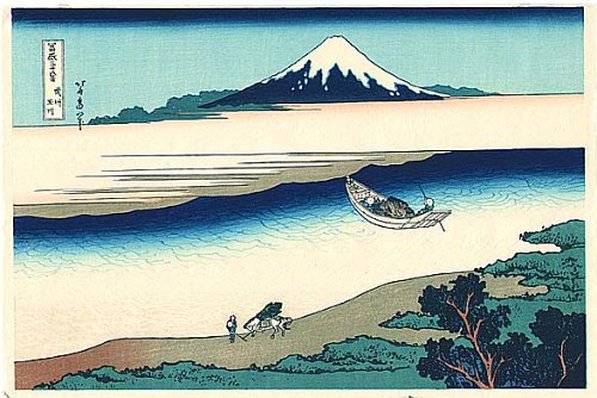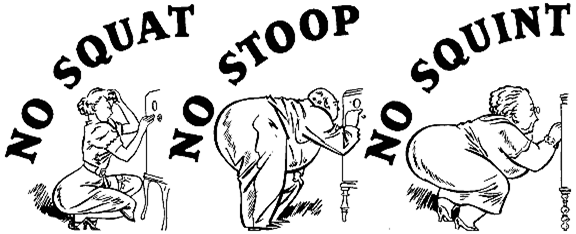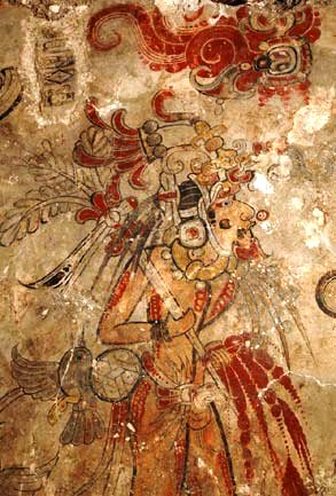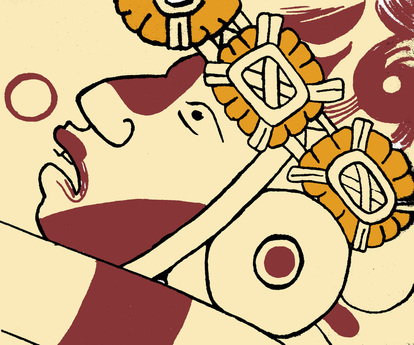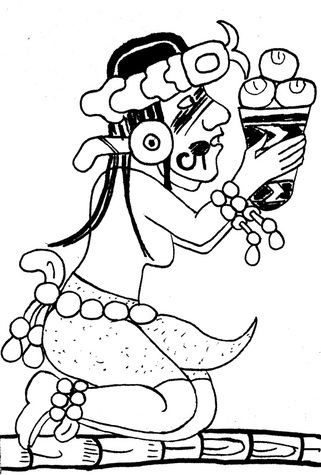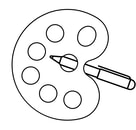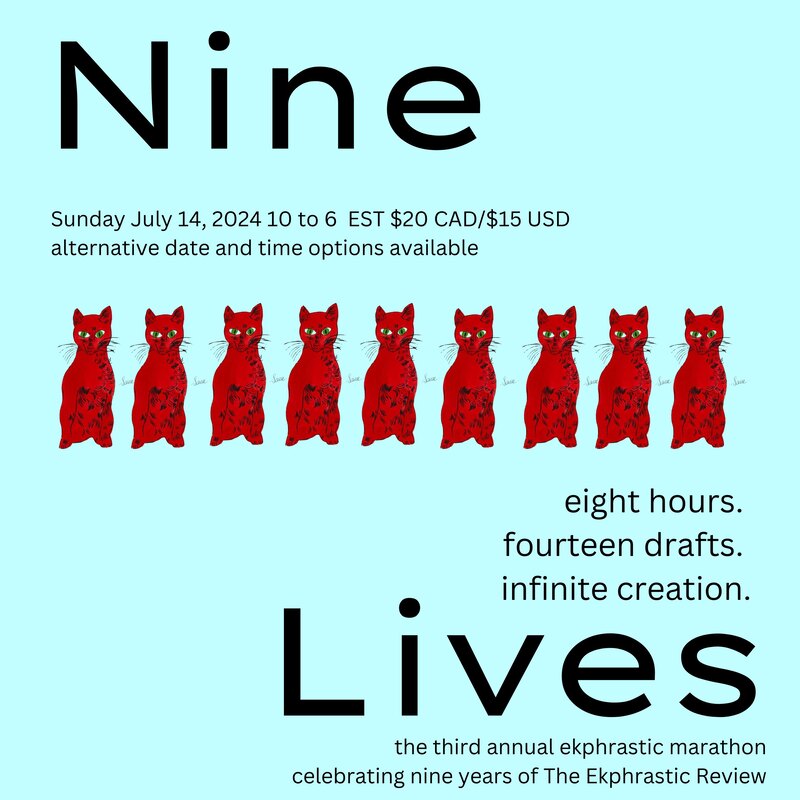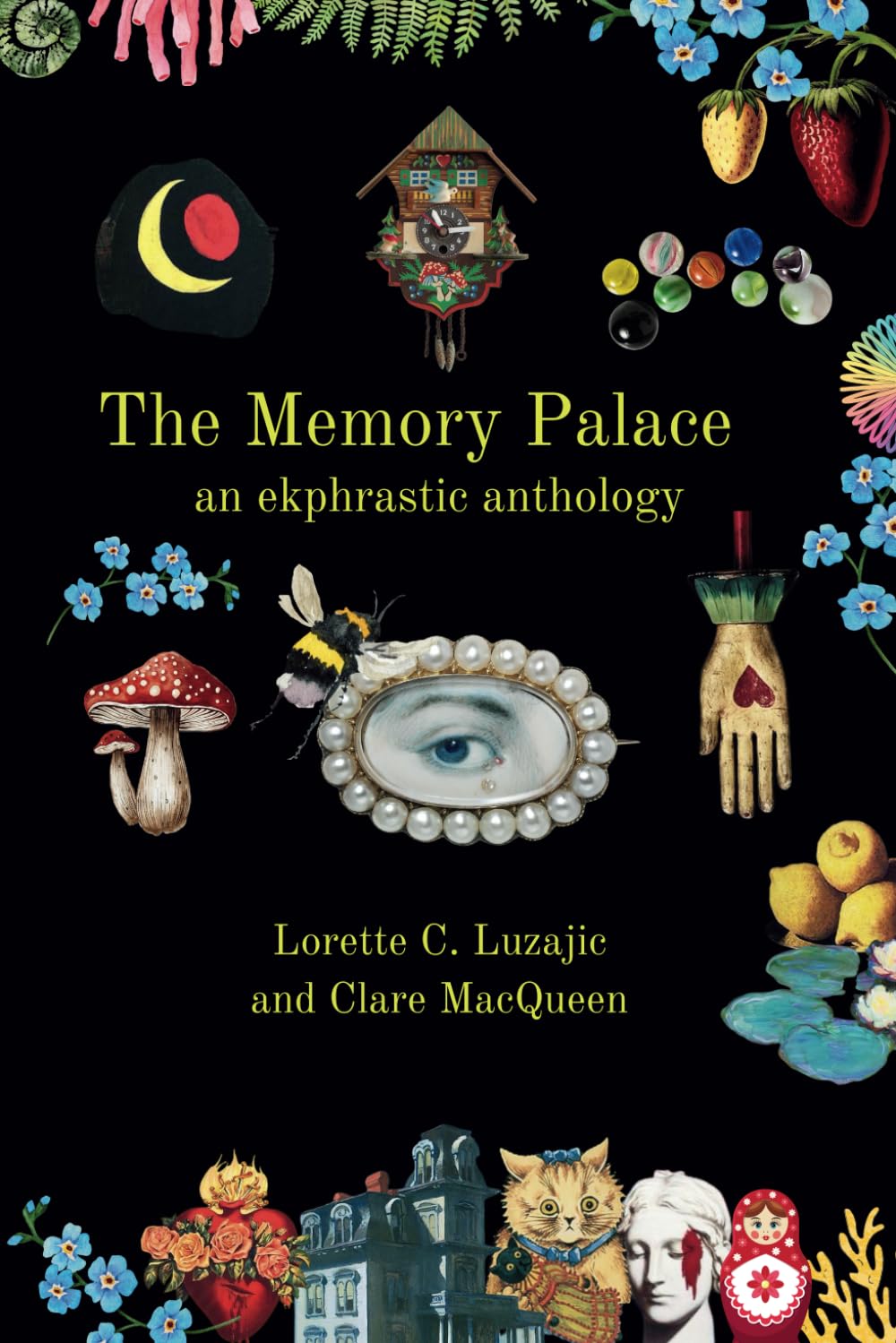|
Lifting I split free from the paper mask of my face, nose and eyes emerging first, while a halo of night sky blesses me, as if I can see for the first time beyond the ice works of my body, as if my cells remember the waking moment in the womb. I recall the soft cradle of my mother’s arms, face so close her breath became mine and then years so soon later her hair thin, scalp exposed, my own voice choked with not knowing what to do while my mother lies dying. Years have scratched lines into me, hoed me back under the weight, the fertile soil of what my mother hoped for me, thin hair roots of nourishment in the dark urging me to break, and so I cry at night when no one can see me until the tears thin my skin, until leaves bloom at my neck, until I push through the torn aperture into painful fragments of sky. Judy Kaber Judy Kaber lives in Belfast, Maine. Her poems have appeared in numerous journals, both print and online, including Eclectica, Off the Coast, The Comstock Review, and The Guardian. Contest credits include the Maine Postmark Poetry Contest and the Larry Kramer Memorial Chapbook Contest for her chapbook Rehearsing in the Dark. Additional work may be viewed at www.judykaber.com.
0 Comments
Painted by a Drunk in Gumboots*
(on viewing Jackson Pollock’s Blue Poles at the Australian National Gallery) Sit on the big bench; it’s far enough away to scan the canvas all at once moving only eyes, close enough so you needn’t see Lee Krasner’s black and white; terms of sale mean she hangs with him eternally. Watch viscous paint flows surge like tides until, sucked from the air by gravity, they lead your eye in to drippings that writhe in whiplash curves; as lines ignore objects, form declines. No silhouettes or concrete shapes appear, no negative space; maps of bee trajectories lead deeper in, reach for and ricochet back from the edge. Tension of resisted overbalance vibrates, patterns lacking all function but to mirror every movement he makes. Before you lies a map of a man, sketched in spatters and lines; ghost shadows of a life. * Overheard from a reporter at the opening viewing of Blue Poles. Mercedes Webb-Pullman Mercedes Webb-Pullman started writing in 2007 and graduated from IIML Victoria University with MA in Creative Writing 2011. Her work has appeared in Turbine, 4th Floor, Swamp, Reconfigurations, The Electronic Bridge, Otoliths, Connotations, The Red Room, Typewriter Silver Birch Press, and Cliterature, among others, and in her books. The latest, The Jean Genie, explores the work of Jean Genet. She lives on the Kapiti Coast, New Zealand. Vanitas Still Life
Opposites attract, so Life stays locked in its ill-fated dance with Death. He leads deftly, gentle hand on the small of your back. Soon you trust his dips, his lifts. He swings you into the spotlight, lets you collect your handful of applause. Reels you back in for a sensual slow dance you hope will last forever even as the fiddler’s bow clatters to the floor. Alarie Tennille Alarie Tennille was born and raised in Portsmouth, Virginia, and graduated from the University of Virginia in the first class admitting women. She became fascinated by fine art at an early age, even though she had to go to the World Book Encyclopedia to find it. Today she visits museums everywhere she travels and spends time at the Nelson-Atkins Museum of Art in Kansas City, Missouri, where her husband is a volunteer guide. Alarie’s poetry book, Running Counterclockwise, contains many ekphrastic poems. Please visit her at alariepoet.com. Luzajic: The Book of Better Things
Perhaps there’s something to the way the word or long stretch of syllables commanded separation-- a firmament dividing waters from waters, above and below, how the rising tide of tone and temperature, liquid and light lifted heaven for height, drew earth for breadth and depth expanding that which was before it was-- the way the fullness of a paintbrush canvasses the blankness. Tammy Daniel Tammy Daniel was selected as one of New Voices of 2015 by The Writers Place in Kansas City, Mo. She was a finalist in the Davis Grove Haiku and Nature Poetry Contest, and her work has appeared in I-70 Review, Touch: The Journal of Healing, Red River Review, Rusty Truck, Ink Sweat and Tears, and the Johnson County Library. Another ekphrastic 20 Poem Challenge begins this week. We hope you will join us.
The challenge starts on Thursday the 1 of the month. The rules are easy, and the same as last year: every weekday morning for 20 days, a specially selected visual art prompt will be posted on The Ekphrastic Review. www.ekphrastic.net You commit to writing a poem each day, inspired by the artwork. The poem can be intimately connected to the painting, which you are free to research if you wish to have more information to work with. Or it can be a springboard for your imagination. You can spend as little as five minutes or as much as the whole day. There are no deadlines. You can work on your poems forever, or throw them away later. You can submit your best poems. Please do not inundate us with drafts of everything and send only your finest! There is no deadline for when you can submit them. You can do it the day after, or next year. Your commitment is to yourself and the project is self-directed. We will not be emailing you each day to remind you. The art will be posted under “20 Poem Challenge” and you will be writing with other people across the world! I will be posting each day’s artwork on Facebook, so if you need a reminder, add me to your Facebook. But the art will be on site each morning without fail. The selection of visual artworks in this year’s 20 Poem Challenge is diverse and, I hope, unpredictable. I have strived to select a range of curious pieces. Some you will love, some you will dislike, and some you won’t know what to do with. That is the best way to write something you aren’t expecting to write- by approaching your work with a variety of emotions and feelings. You will find yourself looking deeper and this will be reflected in your work. Please tell all of your friends about the 20 Poem Challenge. The Challenge is a way of generating participants and new readers to Ekphrastic, and there’s only one reason for that- a wider audience for the wonderful, brilliant, beautiful, diverse writers we are honoured to have published. New participants are welcome to join the challenge any time. If they are late, they can catch up on early posts on the weekends if they wish. They are free to sign up officially or to just do it. We hope you do participate with us in this fun project! Thanks so much for reading and writing Ekphrastic. Lorette C. Luzajic La Sirena
She knows 1000 ways to seduce. Fluttering Aegean blue lids, pursing maraschino taste-me lips – xx! She sweeps other women into the background, pulls men into her orbit. We’ve seen her enough to know the regrets she never takes with her. Alarie Tennille Alarie Tennille was born and raised in Portsmouth, Virginia, and graduated from the University of Virginia in the first class admitting women. She became fascinated by fine art at an early age, even though she had to go to the World Book Encyclopedia to find it. Today she visits museums everywhere she travels and spends time at the Nelson-Atkins Museum of Art in Kansas City, Missouri, where her husband is a volunteer guide. Alarie’s poetry book, Running Counterclockwise, contains many ekphrastic poems. Please visit her at alariepoet.com. Actaeon Pleading His Case Diana, I beg you, unsplash me! Take back this water charmed From kissing your breasts. Undo this rack Sprouting from my head. It was the hare led to your bath; My only sin was following The dogs. Why would you unfurl Yourself in such a scantily clad pond? I could sooner stopped my eyes flying to you Been they launched from my bow, Resisted your nakedness no more Than the cock the rising Sun. Would you prefer me like the boar -- Slashed and dangling at the fire? You of all should know to never Tempt a hunter whose quiver is full. What is happening to my feet? I feel an itch down my spine. Diana, please! before the dogs Scent what I become. David Henson David Henson and his wife live in Peoria, Illinois. His poetry has appeared or is upcoming in two chapbooks and various journals including Ascent, Lullwater Review, Pikestaff, Amaryllis, and Algebra of Owls among others. Tama River in Musashi Province
I am on a large rise looking down at the river. My eyes will go further than my voice. In this height, clouds catch in my white beard. If I was to go home now, my wife would have to dry the moisture on my eyebrows. She would ask why my forehead is tanned with blush. I would have to admit I have been dreaming that her and the goddess was one spirit. She would choke laughter and warn that I was still a lusty man regardless of my age or ability. The more I imagine, the more my body is a river never finding home. Down below, a man has guided his horse to the water. The horse is drinking the memory of journeys. The man is holding either a hat or a shield. Is there a difference between hat and shield when the world is at rest? He seems to be the only person moving away from Mount Fuji. There is a boat in the river. I can only see two men with a bundle between them. From here, it appears to be wood. But there are no trees to cut on either side, so I cannot be correct. Their boat is pointed to Fuji, but the boat is sits in the middle river, not moving, and neither man is fishing. If I keep guessing, I will probably be wrong all the way past sundown. I wonder what my wife is doing now. Is she fishing for a stick to toss on the fire? Is she chuckling at my odd challenge of painting at my age? On this hill, I lose all perspective. Everything looks down from here. When you are seventy, both you and a wooden boat will creak. Frogs in trees singing, below the water is stilled. Reeds repeat the songs. Martin Willitts Jr Martin Willitts Jr has 11 full-length collections including National Ecological Award winner “Searching for What You Cannot See” (Hiraeth Press, 2013), “Before Anything, There Was Mystery” (Flutter Press, 2014), “Irises, the Lightning Conductor For Van Gogh's Illness” (Aldrich Press, 2014), “God Is Not Amused with What You Are Doing in Her Name” (Aldrich Press, 2015), “How to Be Silent” (FutureCycle Press, 2016). 1938 Philco 4XX A shapely lady in heels, tucks her legs modestly under, but still enough akimbo to evoke faint possibility. Dress demurely covers her knees but her fanny casts a shadow like a seahorse. Light-headed, and no wonder, all this squatting to tune the radio perched hip-high on spindly Queen Anne legs-- for that matter, her own might soon give way to make ready for some swooping by a handsome man come to save, if not herself, then her dignity so she might reclaim her proper station. Instead, here comes one with Churchillian bearing who looks as if he’ll never resume his position, upright or otherwise, now that his trunk, rendered nearly unsupportable, has formed a permanent perpendicular at the top of his legs. His nose is firmly up against the dial as if to dare it to remain distant and impossible to occupy with the immobile and elephantine army he’s turned out to be. The news from Dover is no better. And now the mistress of the house gives it a whirl, her glasses perched on her tiny nose. Though her rump, challenging gravity, remains improbably in the air like a crane left the night by workmen --and this contraption delicately counter-balanced by her ample bust. Those ankles are not to be taken lightly though her feet have been poured into dancers shoes, a final affectation from days she’d rather not discuss, but would if asked. The call letters she’s seeking are from a faraway land and remain, like the man she might have twirled with once on holiday, so close at hand, but distant as a dream. Alan Walowitz This poem first appeared in Verse-Virtual. Alan Walowitz's poems can be found various places on the web and off. He’s a Contributing Editor at Verse-Virtual, an Online Community Journal of Poetry, and teaches at Manhattanville College in Purchase, NY and St. John’s University in Queens. Alan's chapbook, Exactly Like Love, is available from Osedax Press. Fifteen Years with the San Bartolo Mural Fifteen years ago, archaeologist William Saturno suffered the first symptoms of heat stroke as he crawled into a tunnel at San Bartolo, Guatemala. He was weak and dizzy, and he only picked the corridor to avoid the mean, brutal sun. His flashlight bounced over the walls of a looters trench, and all at once, he saw the tall, beautiful bodies of the Maya god of corn and his followers on their knees around him or carrying to him the sacrifices he required, hummingbirds and bees, babies emerging bloody with afterbirth from the world itself. We will probably never know the name of the artist who worked at San Bartolo. But we do know one thing: he or she was a master. The artist painted San Bartolo worked quickly to paint all four walls of the interior of the Pyramid of the Pictures. "Sometimes archaeologists have been able to detect drip lines on Preclassic painted monumental masks, where the artist was unable to control the flow of paint," David Freidel told National Geographic. "The San Bartolo mural was painted by a great master, with fine-line exquisite details all perfectly rendered." He (or she, but based on previous understandings of mural painters probably he) painted four walls with his own intricate representation of the culture and religion in which he lived. Like the Romans and Greeks, the Maya had constructed high standards of beauty and ideal form. But these specific elements to symbolize beauty often resulted in stilted, stiff figures with little dimension and serious, unemotive faces. In other cases, the most emotive Maya paintings portray the conquered, the prisoners of war who would go on to be killed for their crimes against the state in the name of the gods. Their eyes sometimes make contact with the viewer directly, while their conqueror stares off in an air of perfection and pride. San Bartolo is different. Here, admiration for the gods radiates from the faces of their worshipers. Here, gods jabbing knives into their own genitals to draw forth precious blood are bent at the waist with pain, and they don’t have the stoic faces of nobility conducting the same ceremony elsewhere. Here, blood is not portrayed euphemistically as serpents, but it is rich, gushing, and frequent. While the murals convey a number of ideas about the Maya cosmology, perhaps the most famous mural shows the Maize God, a figure which may represent his wife, and his followers, who offer tamales and mysterious bundles. Artist Heather Hearst has replicated this portion of the mural and posted it at PBS with explanations of the iconography archaeologists can identify. The Maize God and his wife aren’t just royalty. They’re something more than human. The Maize God himself projects wind from his open mouth. Maya women typically wore a long dress-like garment absent on the Maize God’s wife, and the sensual curves of both their bodies are unique in Maya muralism. At the later-era Bonampak mural, 700 years later, soldiers are arranged in precise symmetrical lines around kings and priests. These soldiers are all close to each other, but none stands so close to the leaders. The worshipers around the Maize Gods are stacked on top of each other, probably to imply depth, perhaps symbolizing the petitioners’ desire to be close to this figure. One petitioner’s toe almost touches the god. Yet in other ways, the Maize God knows the pain of life and death. He is four heads tall, as is his wife. The kneeling figures also appear to be about four heads tall, meaning he does not tower above them as some figures at Teotihuacan do. Nay, their god is among them. He is one of them. And, like them, like us, he will die. The Maize God needs to die, or he can’t be reborn next year, and he can’t feed the people next year. Without his sacrifice, we would all be lost. It’s a difficult sacrifice, but it’s one the Maya desired to emulate. If the gods would die for us, why shouldn’t we die for them? We eat of the earth, and the earth eats us. While many of the elements of the San Bartolo mural reflect typical Maya myth, the variation on themes is impressive—and it creates new questions. The mural features Maya writing, but it is of such an early age that it doesn’t look like the writing epigraphers are used to seeing. Arguably the world’s best Maya epigrapher, David Stuart, has tentatively identified a few glyphs, but whether they represent the names of the individuals featured on the mural, the contents of the mysterious bundles carried by the standing black and red figures, or a record of a ceremony of some sort, he doesn’t know. Zach Lindsey Zach Lindsey is a student of anthropology and an English as a Second Language teacher. He fell in love with art history after reading Elie Faure’s books. You can view his website at http://arqueogato.tumblr.com, but it’s mostly just an eclectic collection of pictures of art and architecture he’s taken, so he’s not sure if you really want to. |
The Ekphrastic Review
COOKIES/PRIVACY
This site uses cookies to deliver your best navigation experience this time and next. Continuing here means you consent to cookies. Thank you. Join us on Facebook:
July 2024
|
